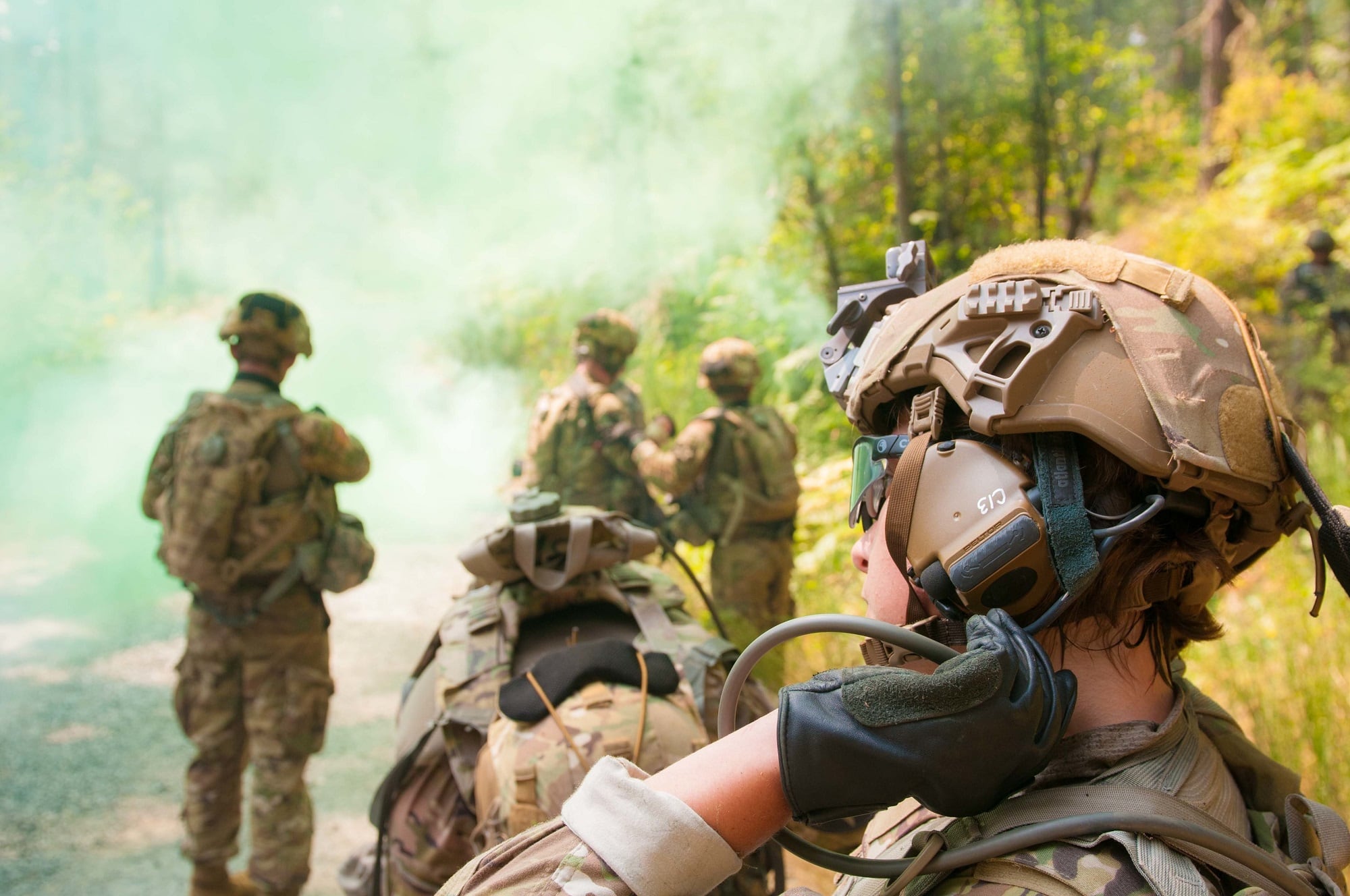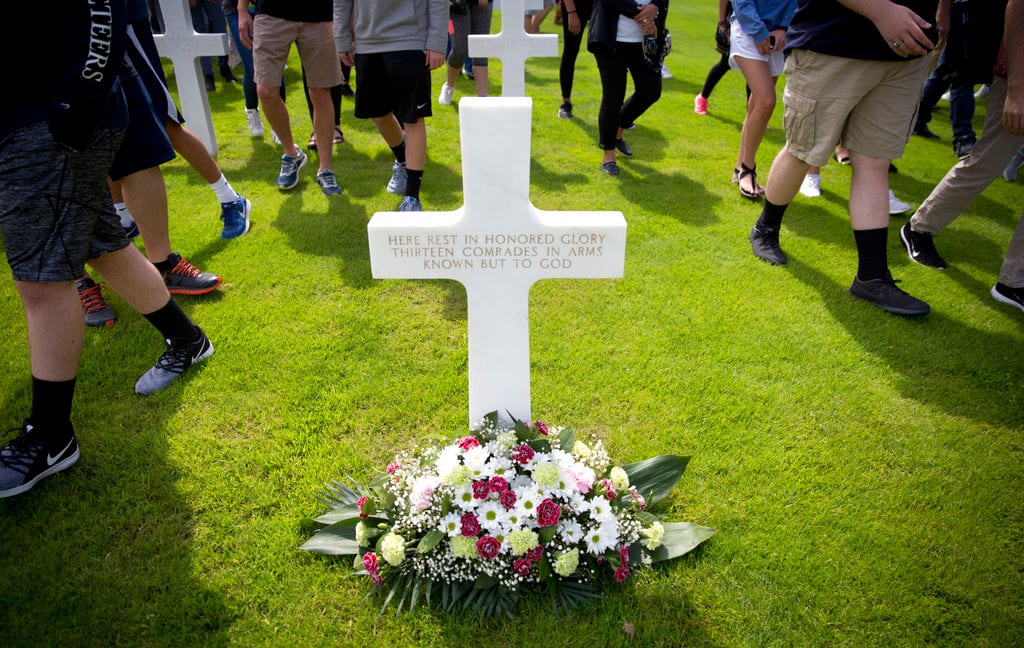Here are some updates on just a few of the soldier-centric projects being developed and fielded by Program Executive Officer Soldier from the unit commander, Brig. Gen. Brian P. Cummings, and his staff.
1. Leaner, better fitting body armor
What: The Modular Scalable Vest.
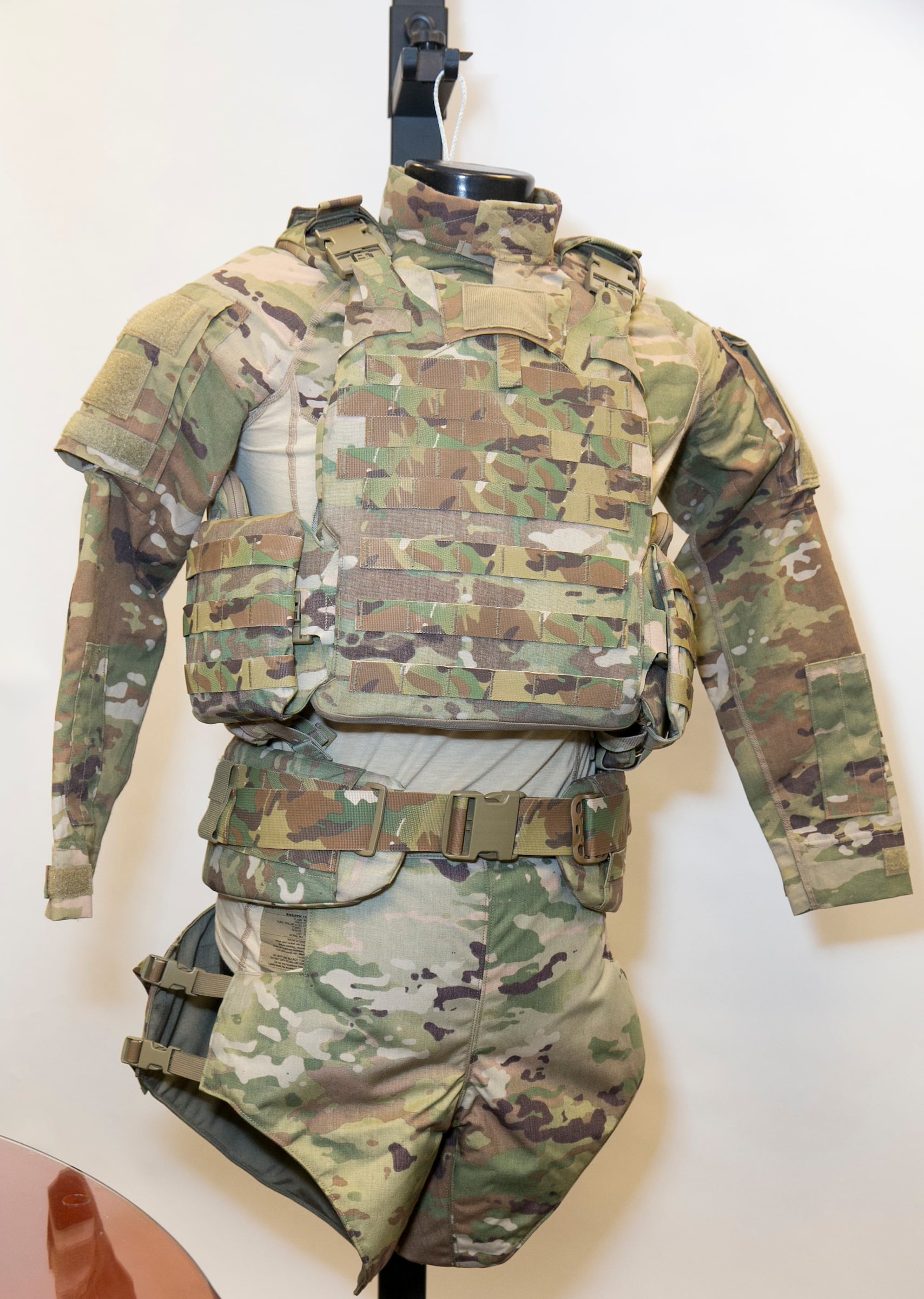
So what: The vest is expected to be between 7 percent and 30 percent lighter through developments over the next year and is planned for fielding in 2019.
The design changes will improve upon existing body armor by giving soldiers a four-tiered system that begins with a concealable, soft ballistic body panel that can fit underneath a soldier’s uniform for low-profile protection. The panels alone offer protection from stabbing and 9 mm rounds.
The unit commander can determine levels of protection, starting with the body panel, and layer on the protection all the way to fully kitted up hard armor front, back and side plates.
The new design also incorporates protection into the upper chest and shoulders of the ballistic combat shirt, removing the cumbersome shoulder pads.
The most visible design change might be the Ballistic Pelvic Protector, an overhaul of the protective overgarment. The new protector can withstand fragmentation and a 9mm round. Variations for female soldiers include shorter sleeves, a V-notch in the rear neck to accommodate a pony tail, and a wider sweep in the waist.
2. Saving your melon
What: Integrated Head Protection System.
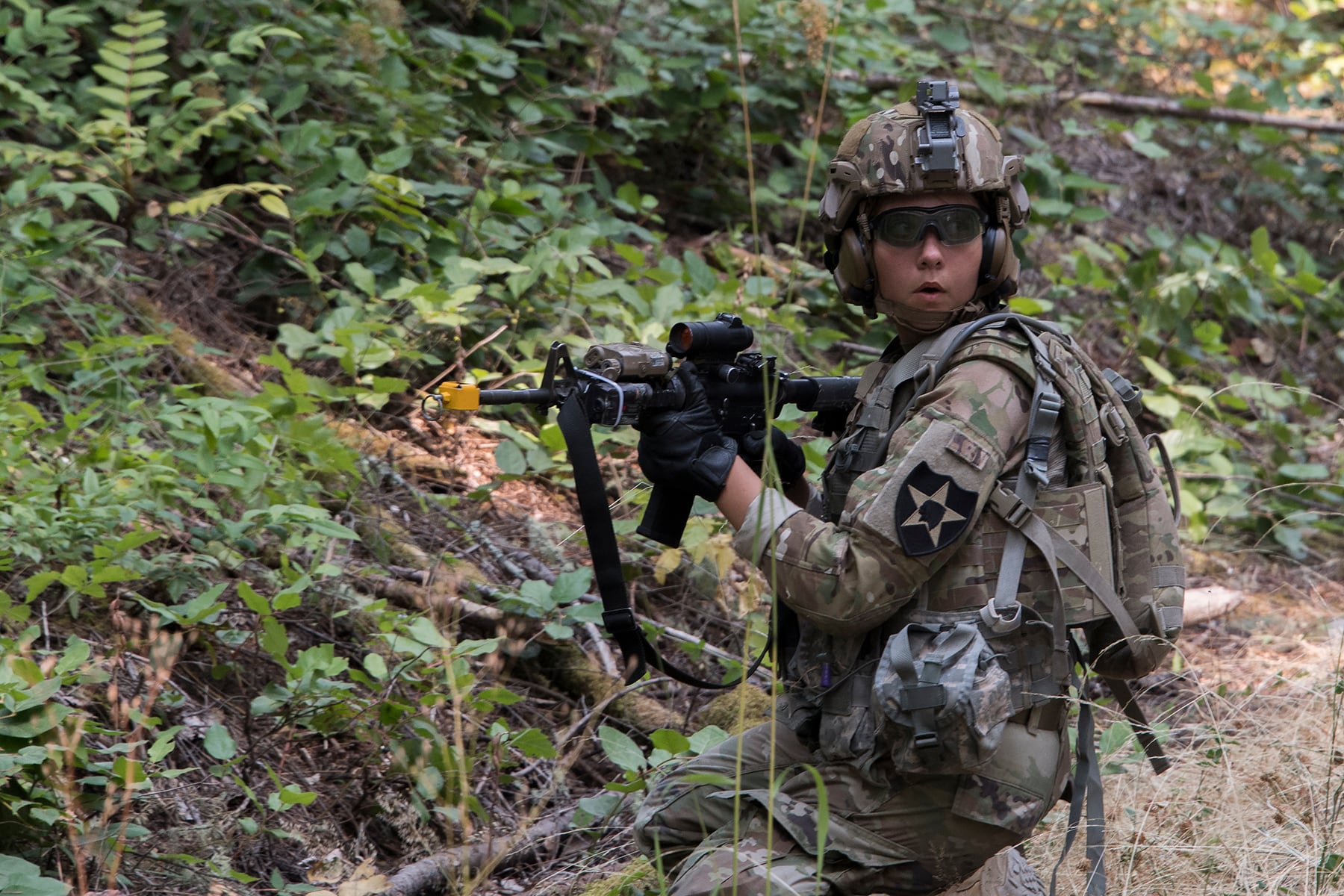
So what: The Army’s new helmet has a variety of protection options, depending on a soldier’s needs. The IHPS has an additional layer of protection attached to the top of the shell. The device includes a detachable visor and mandible to protect soldiers riding in vehicles, especially in positions such as turret gunner, officials said.
Soldiers recently field tested the helmet in woodland terrain at Joint Base Lewis-McChord, Washington. It is slated for full-rate production by June, with the potential to be available across the Army by 2020.
3. Shooting from the hip
What: The XM17 or Modular Handgun System.
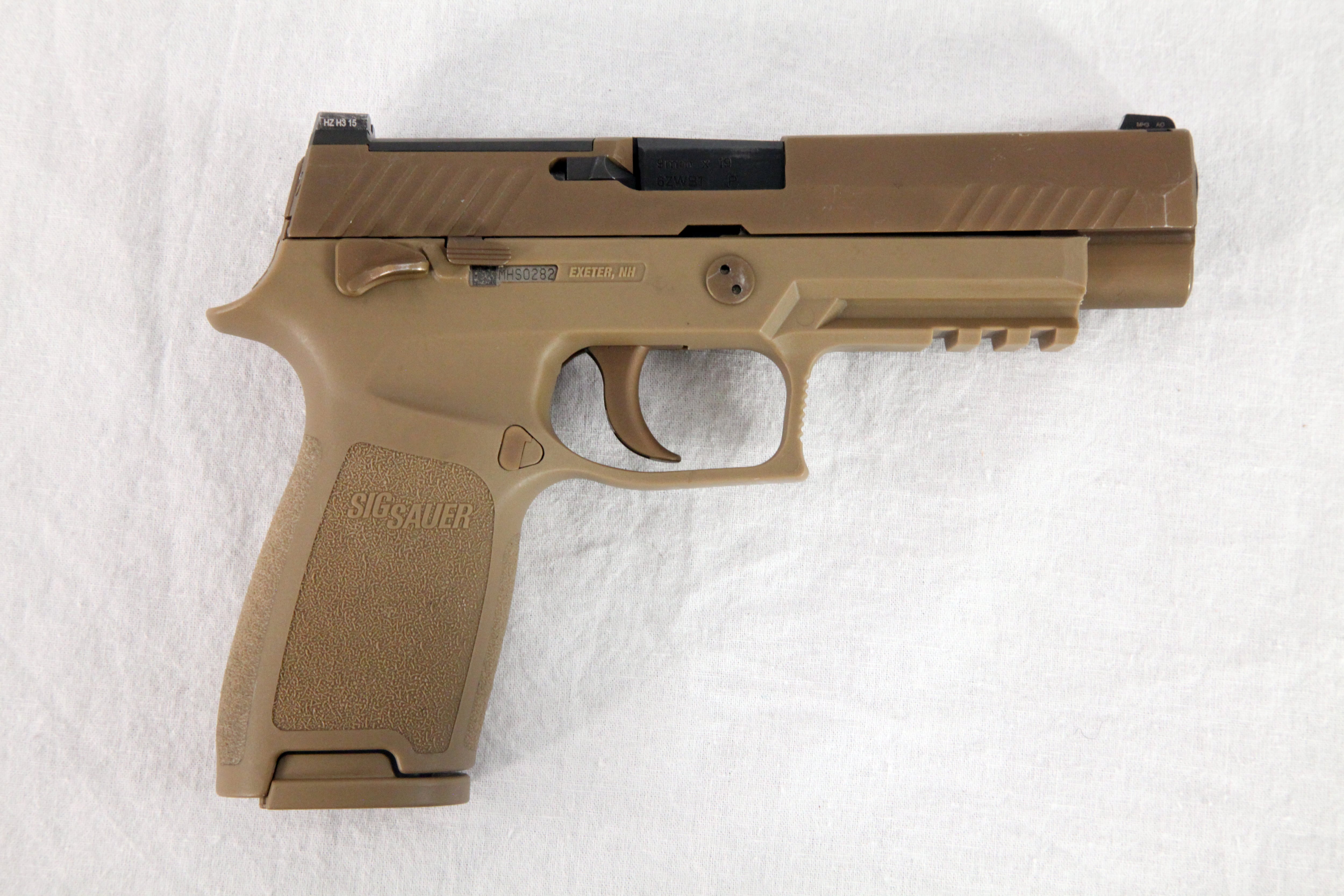
So what: It’s finally here. The long-anticipated replacement to the decades-old Beretta M9 sidearm was recently tested by soldiers, sailors and Marines at Fort Bragg, North Carolina, and is scheduled for delivery to soldiers at the 101st Airborne Division in Fort Campbell, Kentucky in November.
The Sig Sauer handgun, chambered in 9 mm, beat out Beretta and Glock to nab the 10-year, $580 million contract. The MHS is a striker-fired pistol that can be modified for various hand sizes and accessories.
4. Targeting in all conditions
What: The Joint Effects Targeting System.
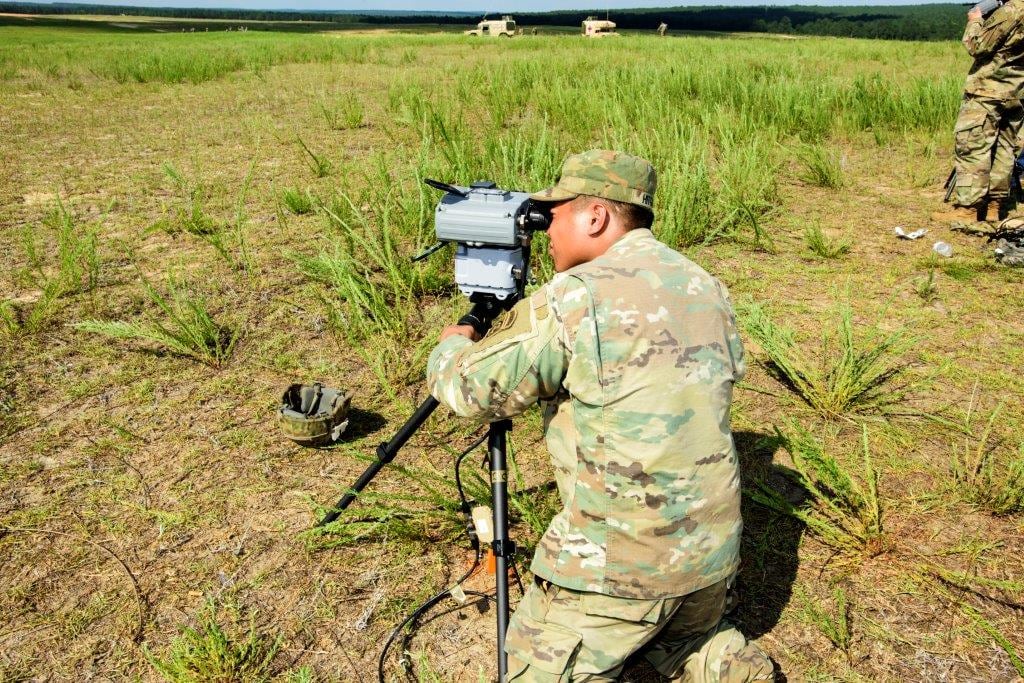
So what: The JETS is a single-soldier, portable, handheld device that allows soldiers to quickly and accurately acquire, locate and engage targets with precision-guided munitions.
The device was recently airdropped as part of a test and is slated for cold-weather testing in Alaska in February or March, officials said.
Cummings said it is one of the biggest advances in precision targeting for the individual soldier.
“For the first time, we’ll be able to say we have 24/7 precision fires on the battlefield no matter what the weather conditions,” Cummings said.
5. Directing battle from a smartphone
What: Nett Warrior.
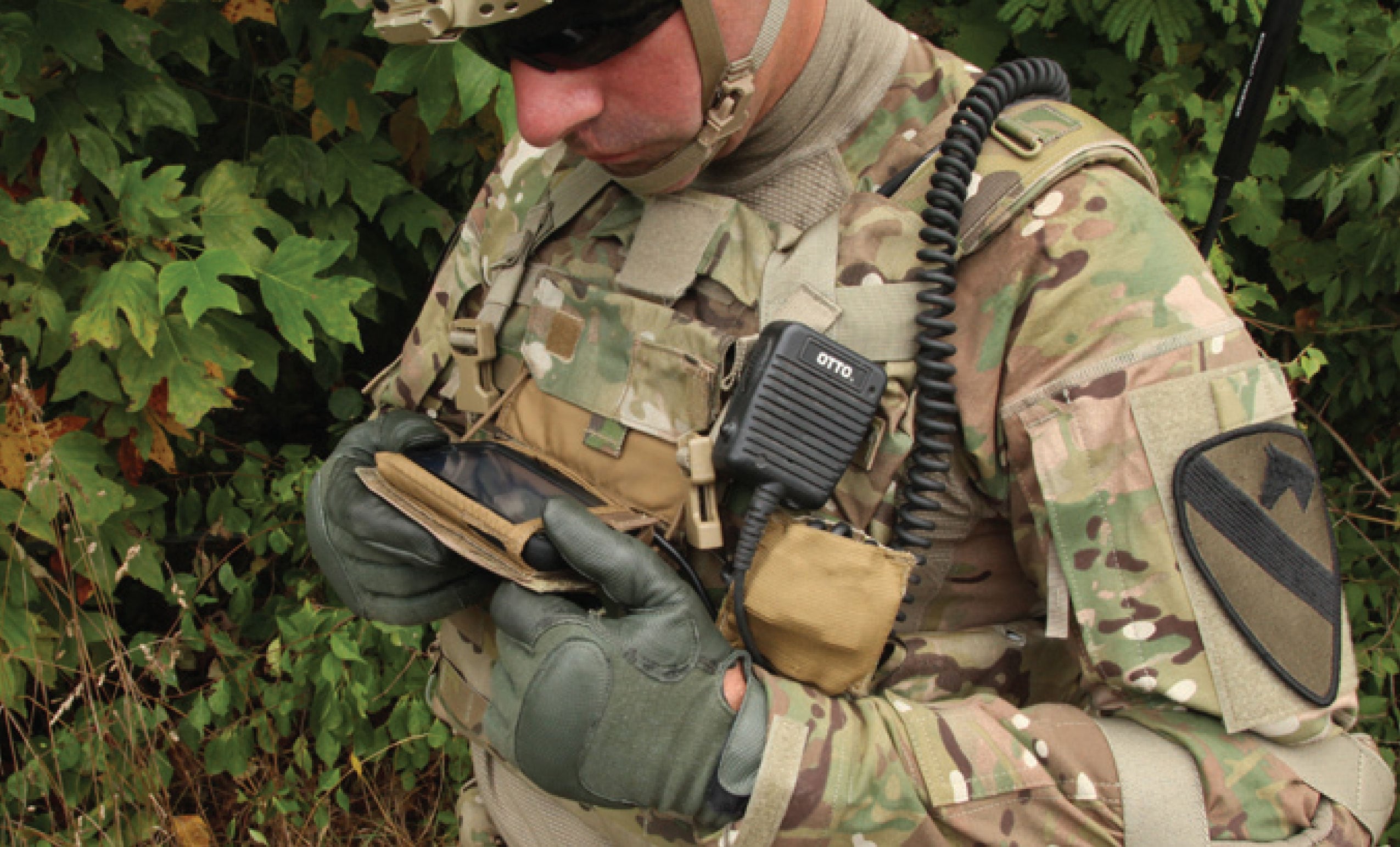
So what: Soldiers recently tested a smartphone-like device that allows commanders in the field to track the location of their soldiers, message them immediately, and virtually mark areas and reroute troops on the fly.
The Nett Warrior system rests on the soldier’s chest and, Cummings said, can be operated much like a civilian smartphone social media app.
The example he shared was an airborne operation where, instead of relying on traditional means of moving forces to specific spots and then stepping off toward the objective, the user can pop open the device and immediately see where the other soldiers are, and drop an icon on the screen to show them where to meet.
6. Launcher, we hardly knew ya
What: The XM25 multi-shot grenade launcher.
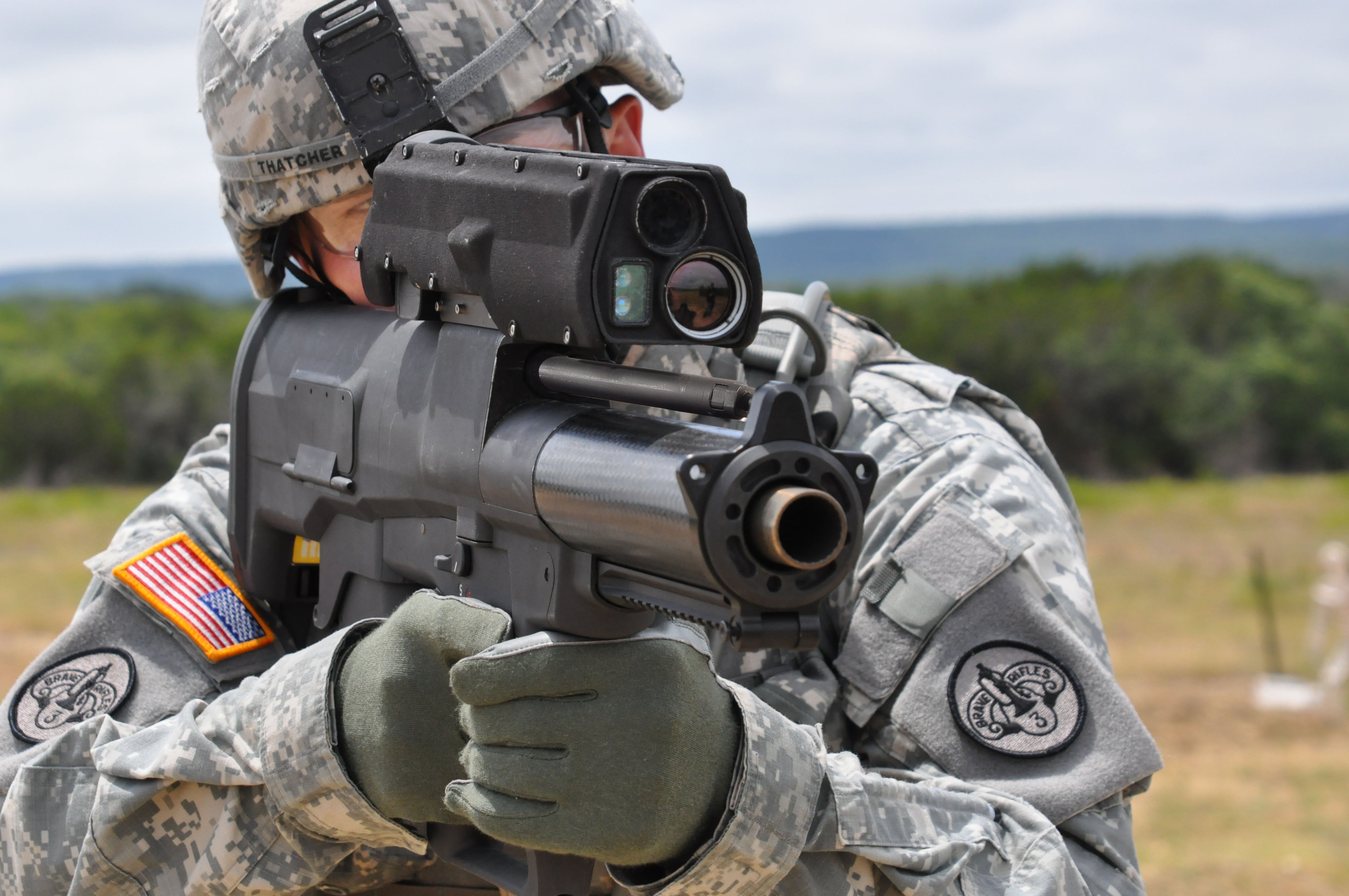
So what: The XM25 programmable weapon that was designed to help soldiers destroy targets behind walls or around corners was cancelled this past year. But the requirement to perform those battlefield functions remains on the books, Cummings said.
Elements of the weapon’s fire control system will likely be incorporated into some form of the Army’s replacement for the squad automatic rifle. And if the Army decides to fund the requirement, an updated version or new variant could come up in the development pipeline.
7. Retro cammies, new jungle boots
What: New Jungle Army Combat Uniform and boots.
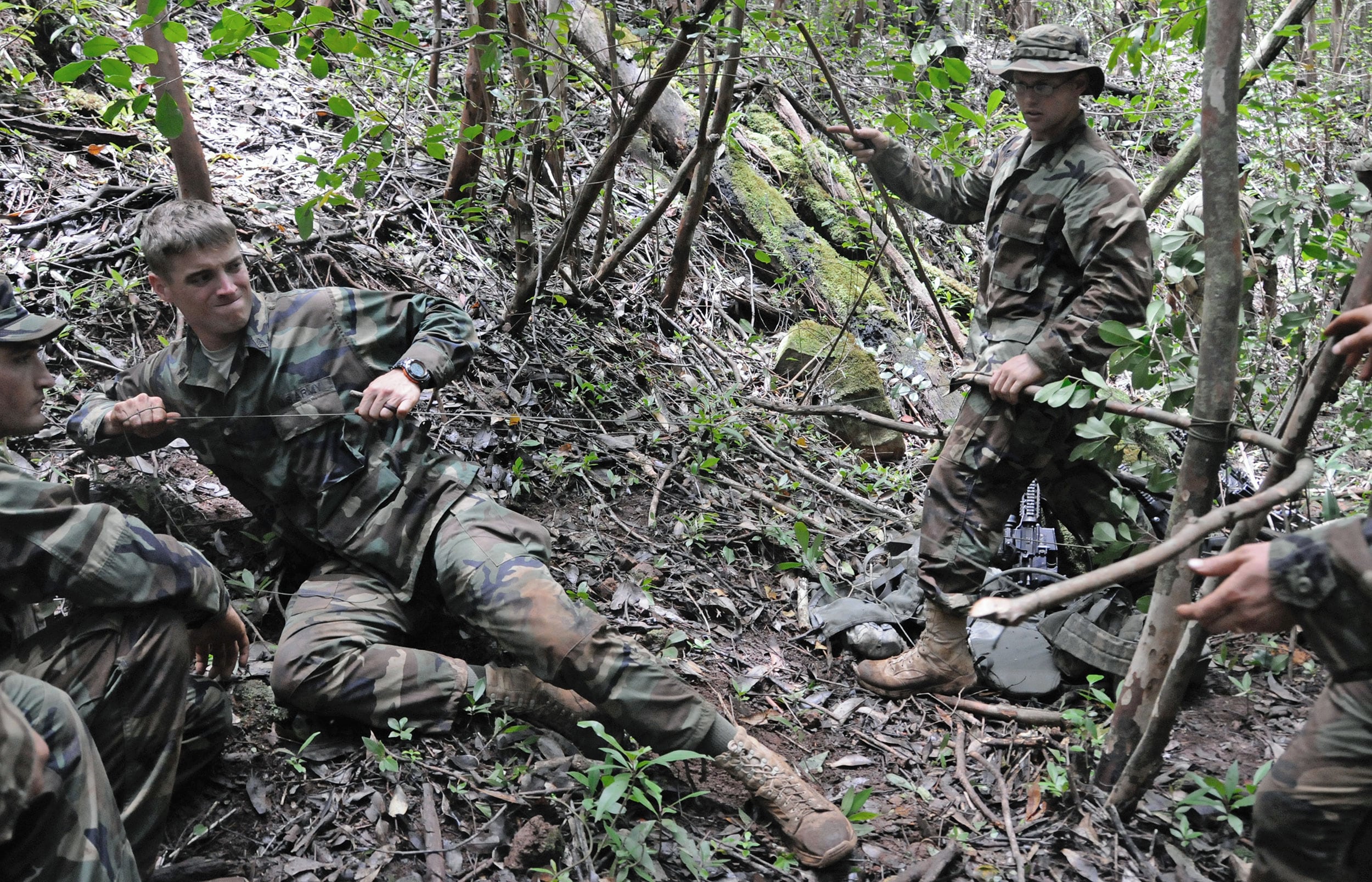
So what: The Army is in the final stages of approving the fabric that will be used for the new jungle ACU. Other design features, such as crotch gussets or extra patches of fabric on the seams, will be updates to what’s currently available but some changes recall older versions of the ACU – fewer pockets and buttons instead of Velcro.
“Some things are better the way they were before,” Cummings said.
A newer jungle boot is being used by some soldiers, but the most recent version, the Jungle Combat Boot version II, is scheduled for testing in Hawaii in January. Soldiers have asked for a streamlined, thinner sole with more of a tennis shoe feel, Cummings said.
But don’t worry, no polishing will be required. The changes aren’t that retro.
Todd South has written about crime, courts, government and the military for multiple publications since 2004 and was named a 2014 Pulitzer finalist for a co-written project on witness intimidation. Todd is a Marine veteran of the Iraq War.
